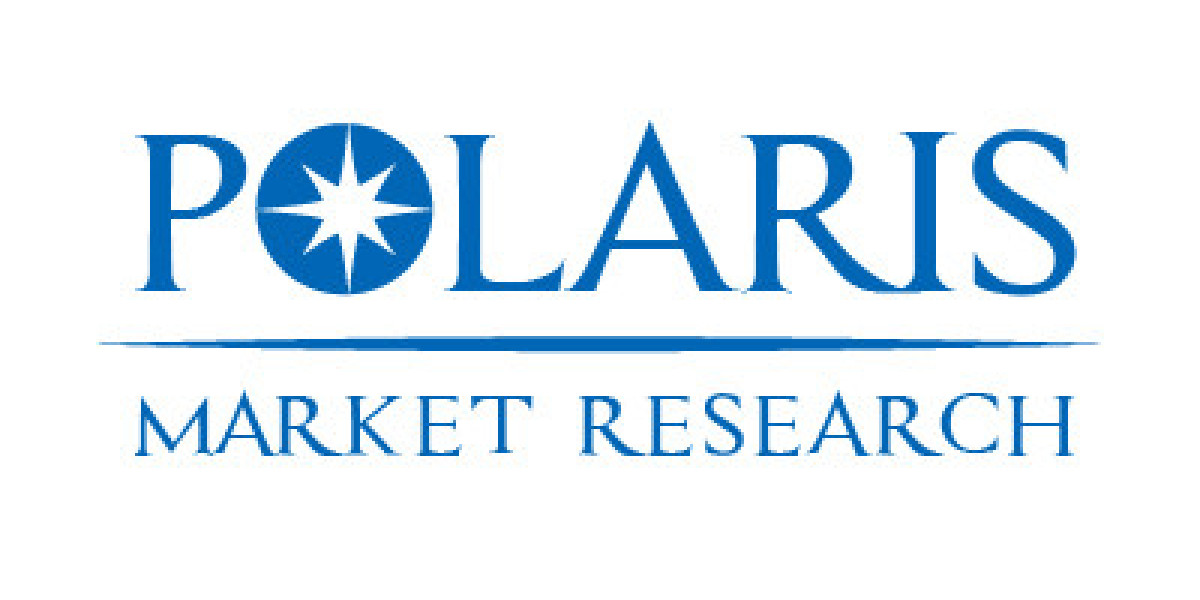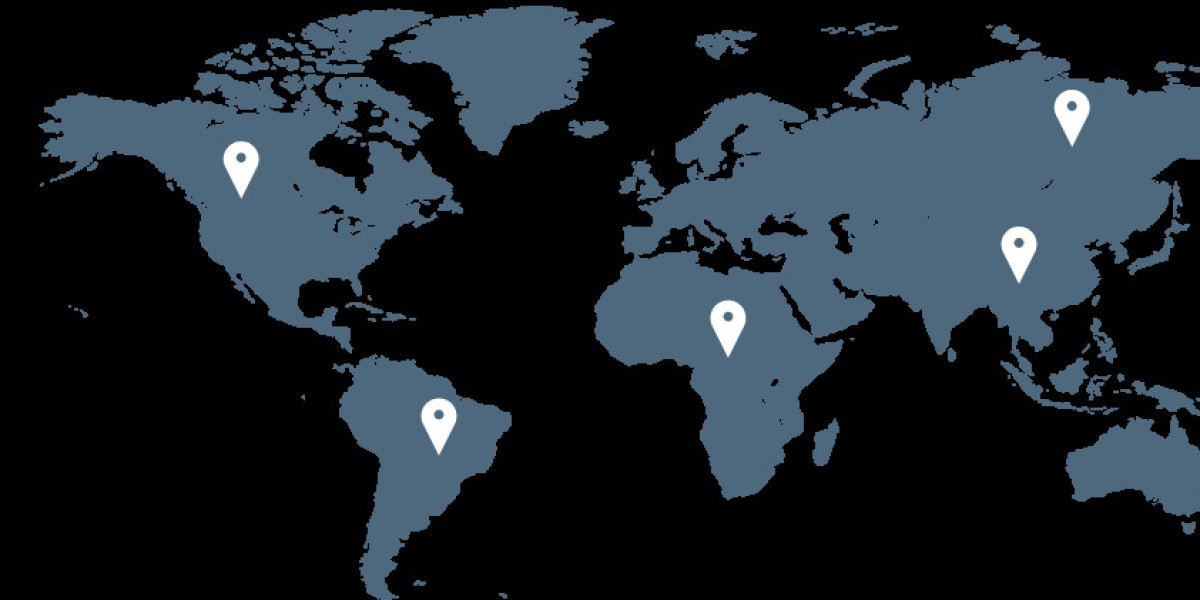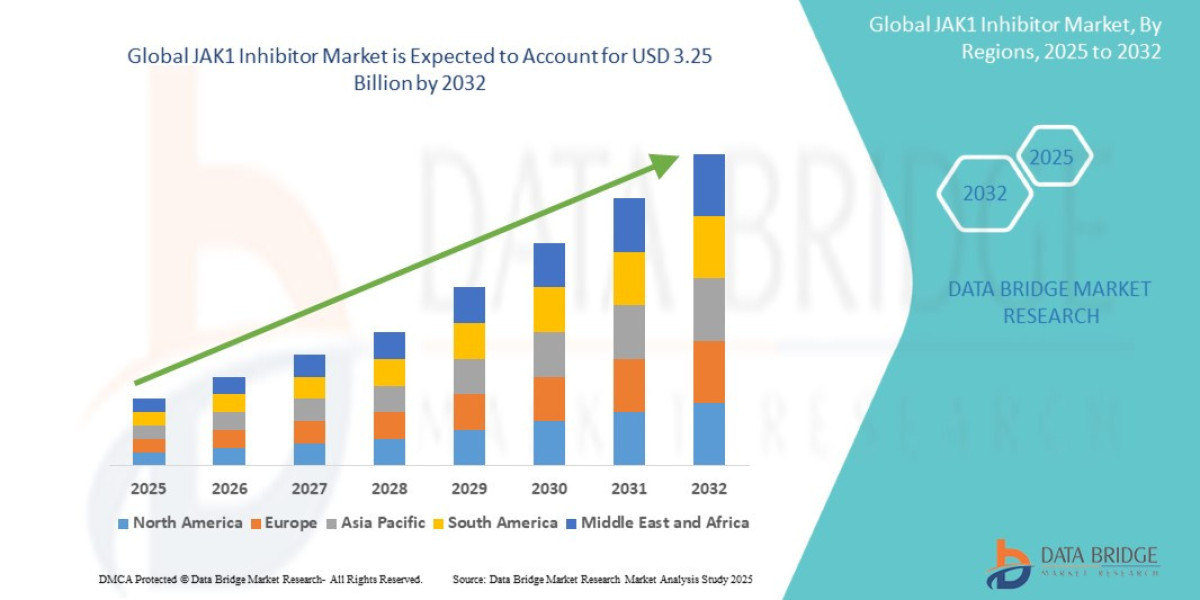Market overview
The global emission monitoring system (EMS) market was valued at USD 2.94 billion in 2021 and is expected to grow at a CAGR of 8.9% during the forecast period.
An Emission Monitoring System continually measures, records and reports pollutant outputs such as sulfur oxides (SOx), nitrogen oxides (NOx), particulate matter (PM), carbon monoxide (CO), volatile organic compounds (VOCs), and greenhouse gases (GHGs) including carbon dioxide (CO₂) and methane (CH₄). Recent advances in sensor accuracy, IoT connectivity, edge computing, and analytics have expanded EMS capabilities from simple compliance logging to predictive maintenance, real-time alerts, and integration with plant control systems for automated emission mitigation.
Market scope
- Product Types
The EMS market spans hardware components — continuous emission monitoring analyzers, sample handling systems, particulate monitors, gas chromatographs, optical gas imaging cameras, and remote sensing devices — as well as software components that include data acquisition systems (DAS), emission reporting packages, cloud analytics, and visualization dashboards. - Deployment Modes
Solutions are provided as on-premises, cloud-hosted, or hybrid architectures. On-site deployments focus on integrating with control and process instrumentation, whereas cloud and hybrid models enable centralized fleet management, long-term trend analysis, and multi-site compliance reporting. - End-User Industries
Major end users include power generation (coal, gas, biomass, and renewables with thermal balancing needs), oil & gas production and refining, petrochemicals and chemicals, cement and steel manufacturing, waste-to-energy and municipal waste treatment, shipping ports and large transport hubs, and large commercial facilities with combustion sources. - Regulatory & Service Offerings
The market includes turnkey offerings (site assessment, installation, calibration and training), ongoing managed services (maintenance, calibration, audit support), and value-added services such as predictive analytics, emissions forecasting, and third-party verification support for regulatory filings and voluntary disclosures.
Market opportunities (four high-impact opportunities)
- Retrofit & Modernization of Legacy Plants
Countless legacy industrial assets still rely on periodic manual testing or outdated monitoring approaches. There is a substantial opportunity to retrofit these sites with modular EMS kits that reduce installation complexity while providing stepwise digital upgrades (sensor-to-cloud pipelines, automated QA/QC and remote calibration). - Emission Data Monetization & ESG Services
Beyond compliance, EMS data supports sustainability reporting, carbon accounting and participation in emissions trading schemes. Service providers can package analytics and verification services to help organizations monetize emission reductions, secure green financing, or validate claims for carbon offset projects. - Distributed & Portable Monitoring for Hard-to-Measure Sources
Mobile and portable monitoring platforms, combined with drones and vehicle-mounted sensors, open new use cases for fugitive emissions detection, pipeline leak surveys, and community air quality studies. These rapid-deployment solutions are attractive for upstream oil & gas operations, construction sites, and emergency response. - Integration with Plant Automation & Control for Proactive Abatement
Integrating EMS outputs with plant supervisory control and data acquisition (SCADA) systems enables automated adjustments — such as tuning combustion parameters, activating abatement units, or dispatching flue gas treatment — to reduce exceedances in real time. This closes the loop between detection and mitigation and reduces regulatory risk and operational downtime.
Browse Full Insights:
https://www.polarismarketresearch.com/industry-analysis/emission-monitoring-system-market
Regional analysis
North America
North America is a mature EMS market driven by stringent federal and state regulations, active emissions trading and a large industrial base. Adoption is increasing for both compliance-grade continuous monitoring and supplemental remote sensing technologies used in oil & gas operations. Demand is also being pushed by corporate climate commitments and investor expectations around verified emission disclosures.
Europe
Europe presents a robust market environment shaped by ambitious climate targets, rigorous permitting regimes, and strong public demand for air quality transparency. Countries with heavy industrial clusters are investing in both stationary EMS and ambient monitoring networks. The European market is also a leader in interoperability standards and integration of EMS data into national pollutant inventories.
Asia-Pacific
Asia-Pacific represents the fastest growing region due to rapid industrialization, urban air quality initiatives, and modernization of older facilities. Emerging economies are upgrading monitoring infrastructure to meet international export standards and local environmental mandates. The region also sees expanding interest in portable and low-cost sensor networks to monitor urban and industrial hotspots.
Rest of World (Latin America, Middle East & Africa)
Adoption in Latin America, the Middle East and Africa varies by country. Infrastructure projects, extractive-industry monitoring needs, and international finance conditionality (e.g., for project loans) are key drivers. In regions where centralized grid and regulatory capacity are still developing, portable and managed EMS solutions that reduce the burden on local staff find particular traction.
Key companies and ecosystem roles
The EMS ecosystem comprises a diverse set of players fulfilling complementary roles rather than competing solely on hardware. Key roles include:
- Instrumentation manufacturers supplying analyzers, sensors, and sample conditioning hardware that meet accuracy and calibration standards required by regulators.
- Systems integrators who design site-specific measurement architectures, handle installation, and ensure compatibility with plant control systems and reporting workflows.
- Software & analytics providers delivering data acquisition systems, cloud platforms, QA/QC engines, and visualization tools that transform raw sensor output into auditable compliance reports and operational insights.
- Managed service providers offering calibration, maintenance, audit support, and third-party verification services that lower operational overhead for site owners.
- Consultancies and testing laboratories that support method validation, performance testing, and regulatory permitting.
These stakeholders typically collaborate on pilot projects to validate measurement methodologies, establish chain-of-custody procedures for emission data, and build business models that combine capital equipment with recurring service revenues.
Market outlook and implications
The Emission Monitoring System (EMS) is expected to transition from a regulatory compliance commodity toward a strategic operational asset. Organizations that treat emission monitoring as part of an integrated environmental and operational intelligence framework — leveraging analytics, predictive maintenance and automated control integration — will achieve both compliance certainty and operational advantages. The market’s growth will be supported by harmonization of reporting standards, falling sensor costs, and growing demand for verified emissions data driven by carbon markets and investor scrutiny.
More Trending Latest Reports By Polaris Market Research:
Organic Food and Beverage Market
Construction Lubricants Market
Carbon Accounting Software Market
Organic Food and Beverage Market
G-Protein Coupled Receptors Market
Automotive E-Compressor Market
Artificial Intelligence in Precision Medicine Market







